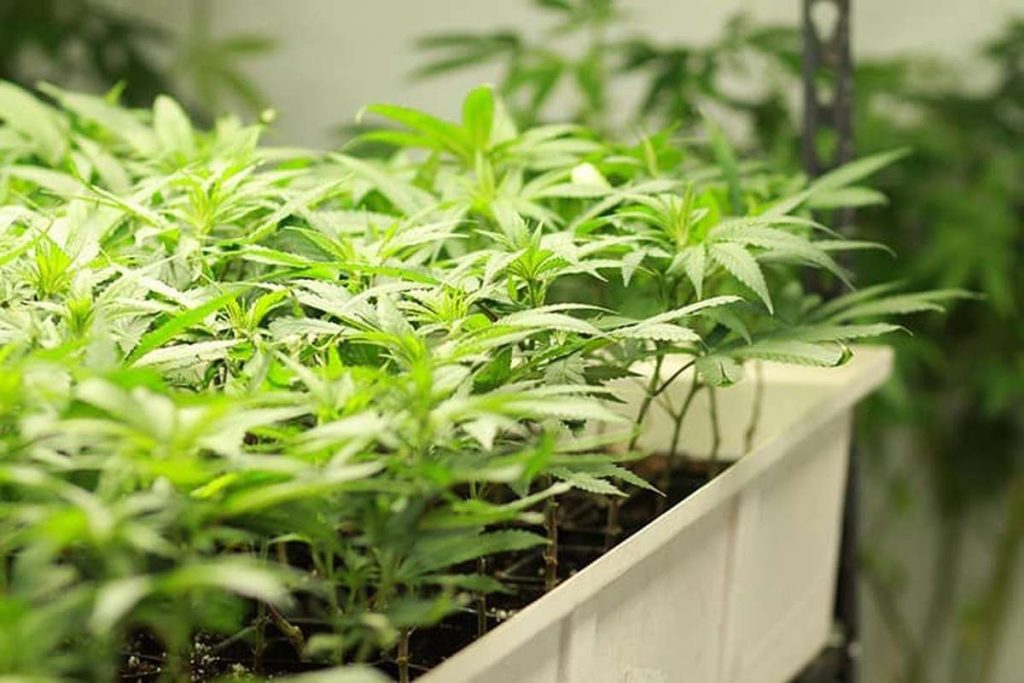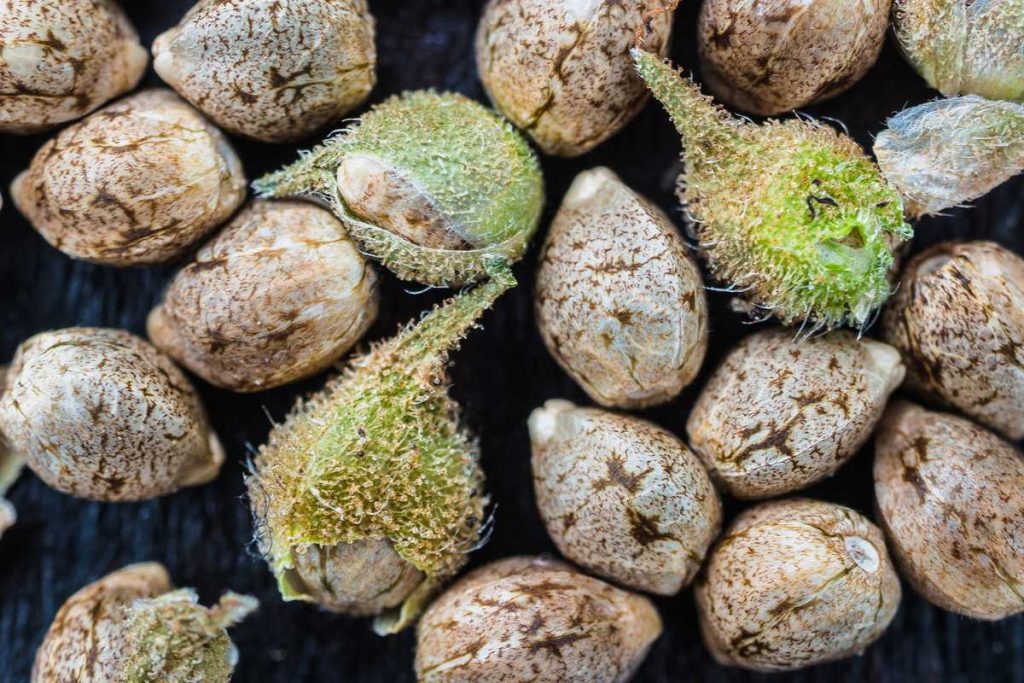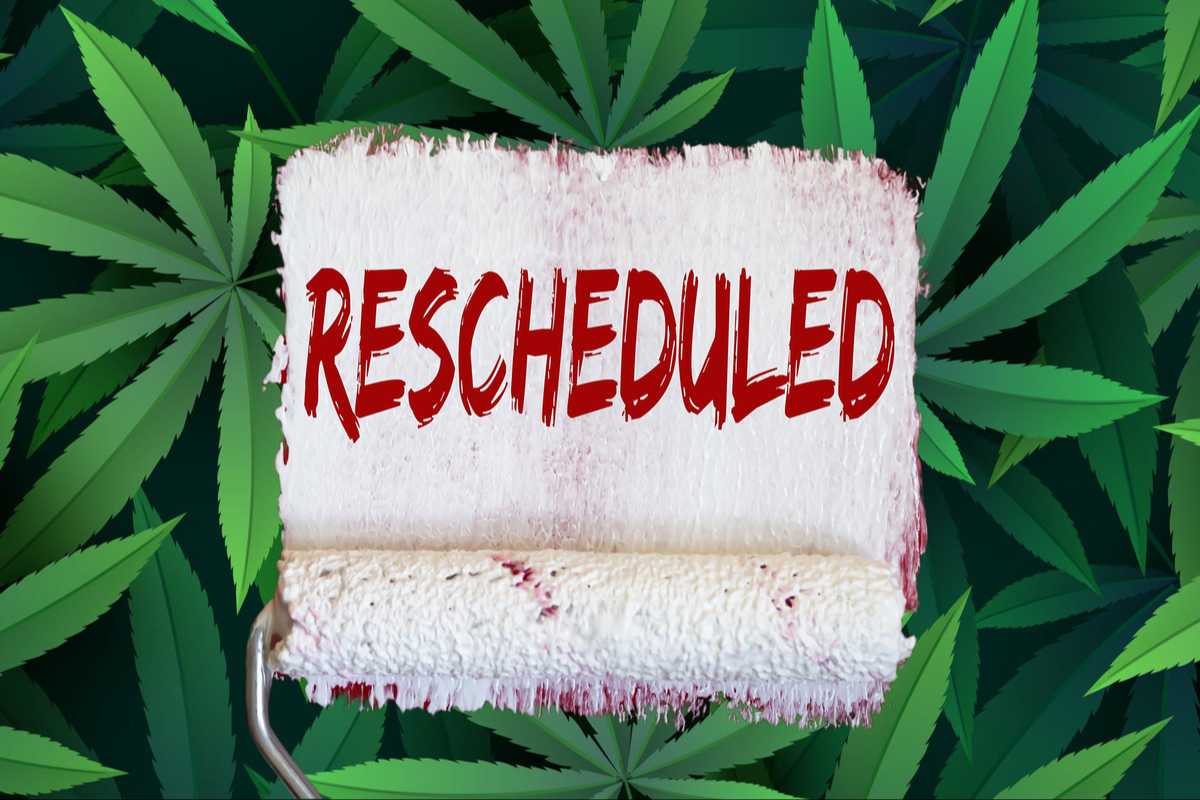The cannabis industry’s growth has been impressive, now standing as the sixth most valuable crop in the U.S.
According to Leafly’s second annual harvest report, 2022 marked a significant increase in adult-use cannabis production. A total of 2,834 metric tons were grown in 15 states where cannabis is legal for adult use, marking a 24% increase from the previous year. This substantial growth added 554 metric tons more to the production volumes.
If you’re looking to dive into the world of cannabis cultivation or want to expand your current operations, you’re not alone.
With the right strategies and insights, you can tap into this burgeoning market and potentially boost your cultivation yields and efficiency. Here’s how:
Make the Perfect Soil Combination

Cannabis thrives in well-aerated, well-drained soils that allow its roots to breathe and access nutrients effectively. A recommended mix involves combining coco coir, perlite, and organic compost. The coco coir is excellent for root health, encouraging vigorous growth and resilience.
Meanwhile, Perlite is essential for maintaining good soil aeration, preventing waterlogging, and ensuring the roots have enough oxygen. Organic compost enriches the soil with necessary nutrients, fostering robust plant development.
However, different cannabis strains might have specific soil preferences. Researching and experimenting with various soil mixes in small batches can be invaluable.
This approach minimizes risk by affecting only a few plants if the mix isn’t optimal and provides valuable insights into what best supports the growth of specific strains under particular conditions.
Investing time in finding the right soil mixture is crucial as it can significantly impact the overall yield and health of the cannabis plants, leading to either a mediocre or an outstanding harvest.
Pick the Perfect Time to Harvest
Timing your cannabis harvest is crucial to maximize potency and yield. Due to this, it’s important that you keep a close eye on the trichomes which are the tiny crystal-like glands on the buds.
When they transition from clear to a milky white color with some amber, it often indicates peak THC levels and readiness for harvest.
Additionally, observe the pistils which are these small hair-like structures. When over 70% of them have turned brown or red, it’s another sign that your cannabis plants are ready. By carefully monitoring these visual cues, you can harvest at the optimal time for the most potent and abundant yield.
Plant the Right Seeds

When selecting cannabis seeds, understanding the different types is crucial for yield potential and growing ease. Feminized seeds are bred to eliminate male chromosomes, almost guaranteeing female plants that produce the buds.
These are ideal for growers seeking efficiency and maximum yield, as they reduce the uncertainty and labor of identifying and removing male plants.
Auto-flowering seeds are another option, particularly favored by beginners or those looking for quicker harvests. These seeds automatically transition from vegetative to flowering stages with age, not light exposure, often resulting in faster crop cycles.
Lastly, regular seeds can produce both male and female plants. While they require more vigilance to identify and separate males to avoid pollination, they are often preferred by breeders and those looking to produce new strains or have a more natural growth process.
Each seed type offers unique advantages, from the high-efficiency feminized seeds and time-saving auto-flowering varieties, to the versatile and traditional regular seeds.
Check for Signs of Plant Disease
Protecting your cannabis plants from disease is crucial to achieve a bountiful harvest. Early detection and intervention are key.
Regularly inspect your plants for any signs of distress such as discoloration, spots, or wilting on leaves. These symptoms can indicate nutrient deficiencies, fungal infections, pest invasions, or bacterial diseases.
An unusual odor may also signal a problem. By staying vigilant and addressing issues promptly, you can safeguard your plants and ensure the health and productivity of your crop. Don’t let diseases undermine your hard work; keep a watchful eye and act quickly at the first sign of trouble.
Conclusion
For successful cannabis cultivation, it’s important to continuously educate yourself and stay informed.
Remember, the quality of your plants depends greatly on your knowledge and application of proper growing techniques. Keep learning, experimenting, and refining your approach to achieve the best possible harvest.




